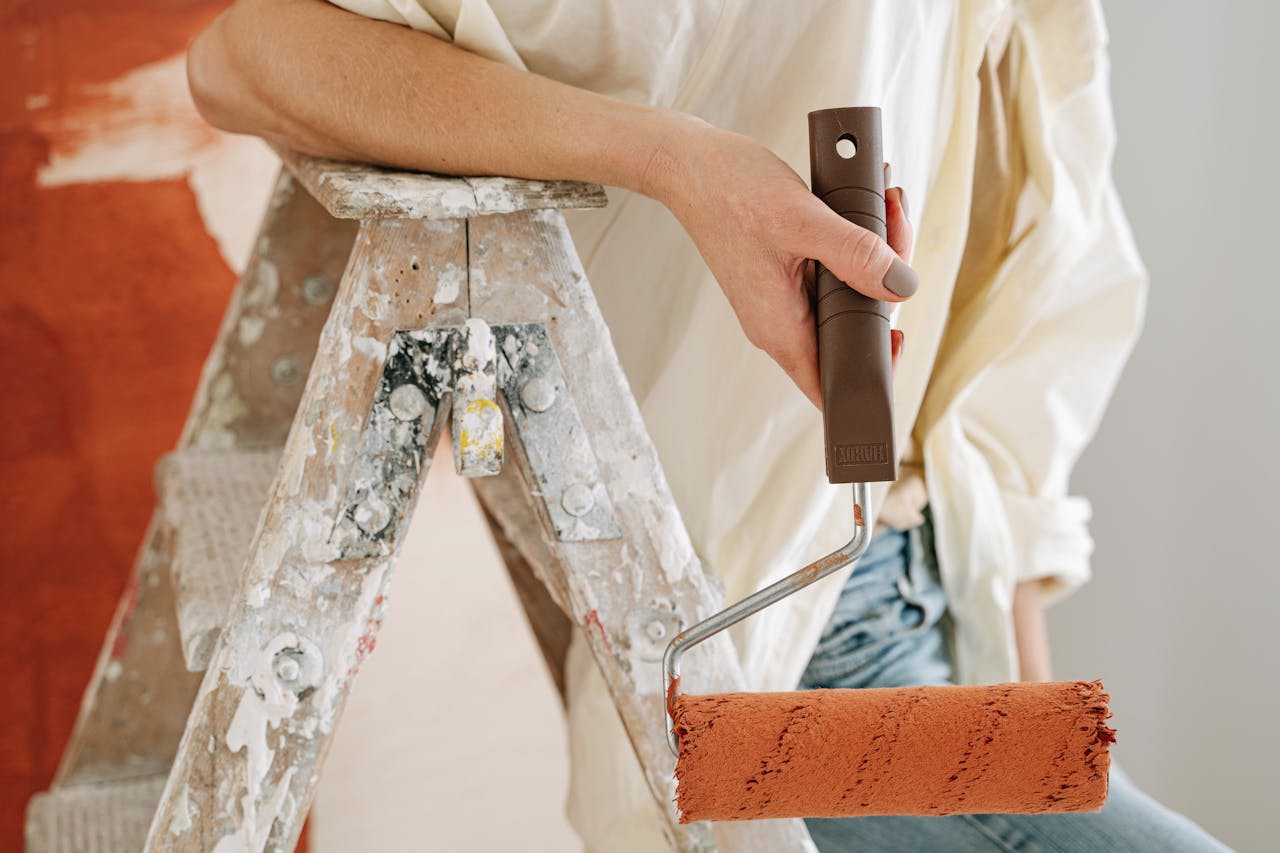
Renovating a room or just giving your walls a fresh coat of paint can significantly uplift your living space's ambiance. However, a common conundrum during such projects is determining the exact amount of paint required. Misjudging this can result in either frequent trips to the store or, worse, running out of paint midway through the task. In this comprehensive guide, we'll delve into the methods of calculating the right amount of paint needed to cover your walls efficiently, ensuring a hassle-free painting experience.
The first step in estimating your paint needs is measuring the square meterage of the walls you intend to paint. Start by calculating the height and width of each wall. Multiply these dimensions to derive the wall's area, and then sum up the areas of all walls you wish to paint. Don't forget to subtract non-paintable sections like doors and windows.
Example Calculation:
Room height: 2.5 m
Wall 1: 4.0 m wide
Wall 2: 3.0 m wide
Two walls of 10 m² each = 20 m² total (before subtracting openings)
Door: 2 m²
Window: 1.5 m²
Total paintable area = 20 m² - 2 m² - 1.5 m² = 16.5 m²
The next step involves understanding the coverage specification detailed on the paint can. Typically, this ranges from 6–8 m² per liter, depending on the quality. High-quality paints tend to offer better coverage, thus requiring fewer liters per square meter than more affordable alternatives. Also, consider the type of surface; smooth surfaces can be covered more efficiently than textured ones like plaster or stucco. If your paint covers 8 m² per liter, you would need approximately 2.1 liters for one coat over a 16.5 m² area.
Deciding on the number of coats is crucial for an accurate estimation. While one coat might suffice on light-colored or previously painted surfaces, darker walls or fresh plaster usually require two coats for a uniform finish. For example, if you're covering a 16.5 m² area and your paint covers 8 m² per liter, you'll need approximately 4.2 liters for two coats.
In any painting project, it's sensible to include a 10% buffer in your paint estimation. This accounts for any unexpected complexities like uneven surfaces or additional touch-ups. Following our example, after accounting for two coats, a 10% buffer elevates your requirement from 4.2 liters to approximately 4.6 liters, ensuring you’re not caught short.
Different paints have varying coverage capacities. Matte paints might necessitate additional layers compared to their glossy counterparts. Additionally, special formulations, such as those designed for high-traffic areas or with mildew resistance, may have unique coverage rates. Always refer to the manufacturer’s guidelines for the paint you choose.
The state of your walls can dramatically influence paint requirements. Damaged walls with cracks or flaking paint might require more preparation and paint to achieve a smooth finish. Using a primer can aid in sealing the surface, potentially reducing the paint needed for successive coats.
Environmental factors also play a role in painting outcomes. Conditions like temperature and humidity can impact paint drying times and adherence. High humidity can prolong drying, while low temperatures can thicken paint. Aim to paint in optimal conditions, ideally between 10°C and 30°C, with good ventilation for optimal results.
If manual calculations aren’t your strong suit, numerous online paint calculators can simplify the process. By entering room dimensions, surface type, and desired coats, these tools provide near-accurate estimates of your paint needs, sometimes even advising on the number of paint buckets, streamlining your shopping process.
Conclusion: Mastering the art of calculating paint requirements can save you time, money, and frustration during a painting project. Whether you choose to measure manually or use an online calculator, ensuring you have the correct amount of paint guarantees a seamless painting process and a visually appealing end result. For an even quicker estimation, try utilizing a dedicated paint calculator tool for accuracy and convenience. Happy painting!